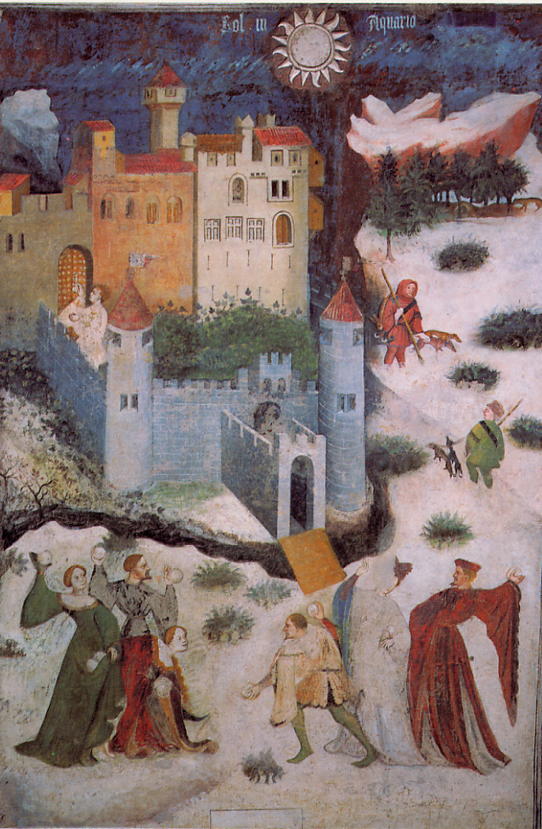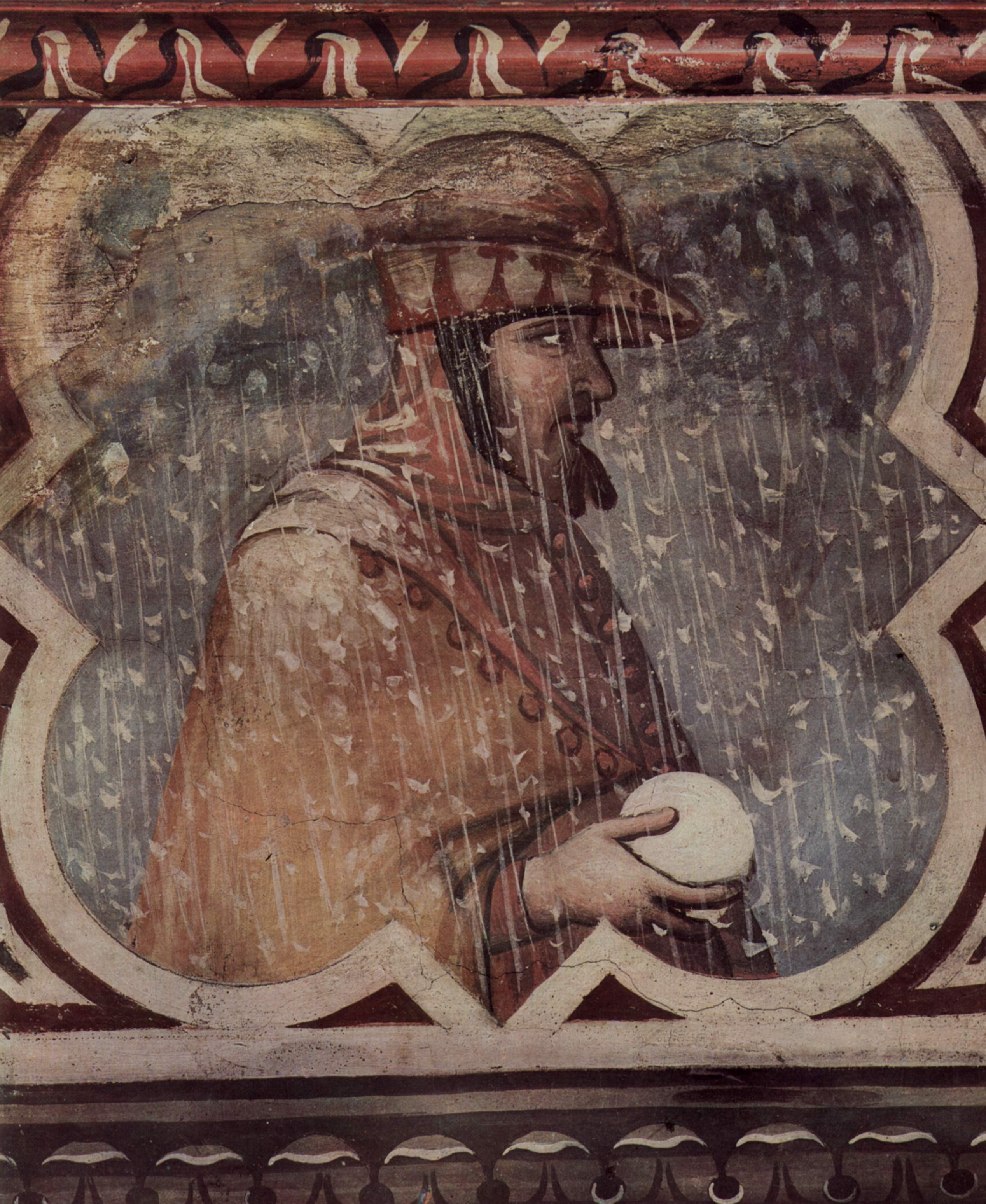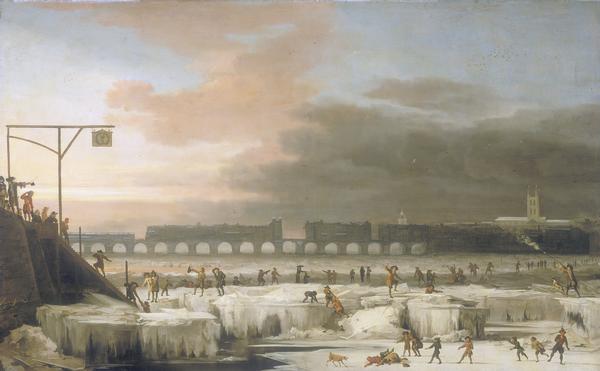One of the biggest quality-of-life problems in Western New York cities is the number of abandoned houses. The city in which I live (Rochester) aggressively destroys them. About five years ago, Buffalo launched a program to tear thousands of them down. At $16,000-20,000 a clip, these demolition programs put a strain on already-diminishing tax bases.
I was born in Buffalo in 1959. My home town and its neighbor, Niagara Falls, have 49% of the people they did that year. Rochester has done slightly better, but still has only 63% of its 1959 population. The houses they’ve left empty are a danger to the communities left behind.
“You gotta get rid of all those shacks that have been run down to the ground, that are endangering property values, that are endangering people’s lives. They can set fires in them, drug dealers stash stuff in them,” said David Franczyck, Fillmore District Councilmember.
| A vacant city lot redeployed as a dahlia farm in Rochester. |
In the past five years, Buffalo has torn down about 4,600 houses. My ancestors came through the German neighborhood on the East Side; this neighborhood is now as depopulated as your basic farm town.
What happens with these vacant lots? A few are maintained as urban gardens by neighbors, but the majority are grassy lots that look like missing teeth in the urban grid.
 |
| Artfarms billboard. |
In Buffalo, a group called Artfarms is encouraging artists and farmers to design large-format sculpture for the East Side’s vacant properties and nascent urban farms.
This fledgling program received a $35,000 grant from the National Endowment for the Arts last April. Whether it can grow a viable program remains to be seen, but since it’s my home town, I wish it the best.
Let me know if you’re interested in painting with me in Maine in 2014 or Rochester at any time. Click here for more information on my Maine workshops!



.jpg/409px-Piss_Christ_by_Serrano_Andres_(1987).jpg)



















